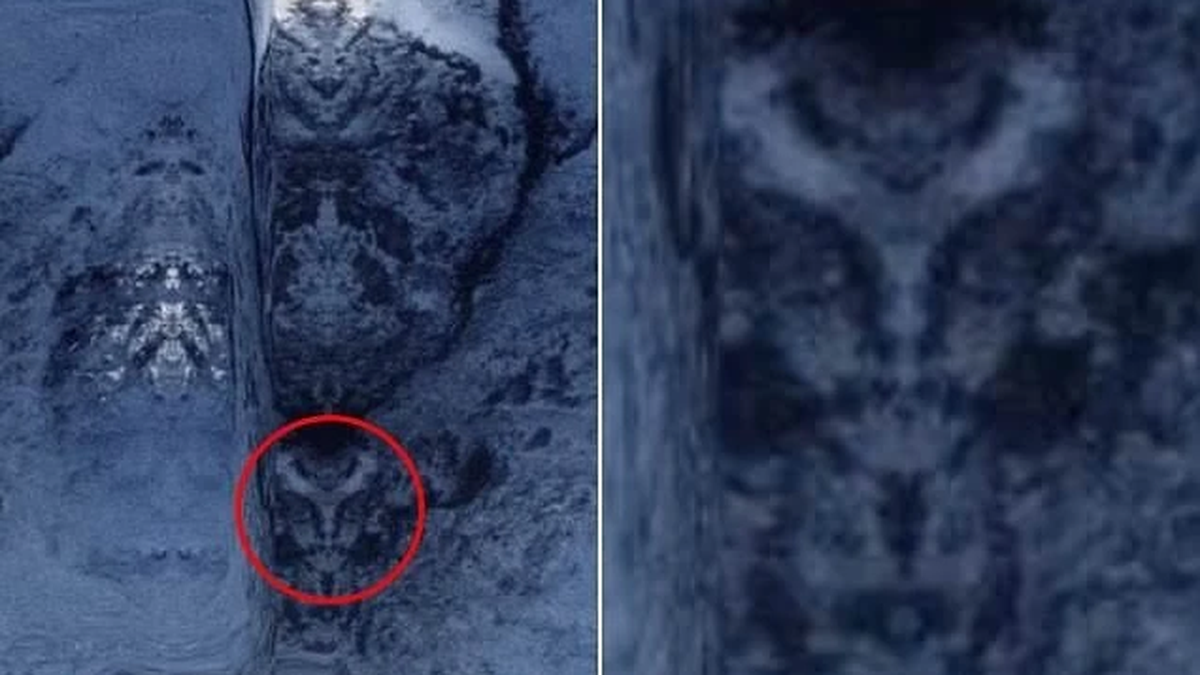The US National Aeronautics and Space Administration (NASA) said this super-luminous X-ray source (ULX) radiates about 10 million times more energy than the Sun and breaks a physical law called the Eddington limit used to determine how bright an object of a certain size can be.
A glowing neutron star swirls against a fiery orange background with magnetic jets emanating from it. Photo: Live Science
NASA recently published an article about the findings related to the ULX, called M82 X-2, in the Astrophysical Journal from the Nuclear Spectroscopic Telescope Array (NuSTAR). According to scientists , if an object breaks the Eddington limit, it will explode into pieces. However, this object M82 X-2, although exceeding the Eddington limit by 100 to 500 times, still exists, making it difficult for scientists to explain.
Astronomers have shown that M82 X-2 is a neutron star. Neutron stars are the dead cores of stars like the Sun. Neutron stars are dense stars with masses between 1.5 and 2 times that of the Sun, but are condensed into a width of about 10 kilometers. Neutron stars are so dense that the gravitational pull on their surface is about 100 trillion times stronger than that on Earth. This intense gravitational pull means that any material that lands on the star’s surface would cause an explosive effect.
NASA compares: “A marshmallow falling onto the surface of a neutron star would release the same amount of energy as a thousand hydrogen bombs.”
New research has found that M82 X-2 consumes about 1.5 Earths worth of matter each year. When this matter hits the surface of the neutron star, the energy produced is enough to outshine the levels observed by astronomers.
The team believes this is evidence that something is happening to M82 X-2 that is bending the rules and breaking the Eddington limit. Their hypothesis is that M82 X-2's powerful fields are changing the shape of the atoms, allowing the neutron star to maintain its structure even as it gets brighter.
“These observations show us the effects of these extremely strong magnetic fields, which we cannot reproduce on Earth with current technology,” said Matteo Bachetti, lead author of the study and an astrophysicist at the Cagliari Astronomical Observatory in Italy. “This is the beauty of astronomy. We cannot find answers through experiments, but must wait for the universe to reveal its secrets to us.”
Source link























![[Photo] Discover the "wonder" under the sea of Gia Lai](https://vphoto.vietnam.vn/thumb/1200x675/vietnam/resource/IMAGE/2025/8/6/befd4a58bb1245419e86ebe353525f97)

![[Photo] Nghe An: Provincial Road 543D seriously eroded due to floods](https://vphoto.vietnam.vn/thumb/1200x675/vietnam/resource/IMAGE/2025/8/5/5759d3837c26428799f6d929fa274493)









































































Comment (0)